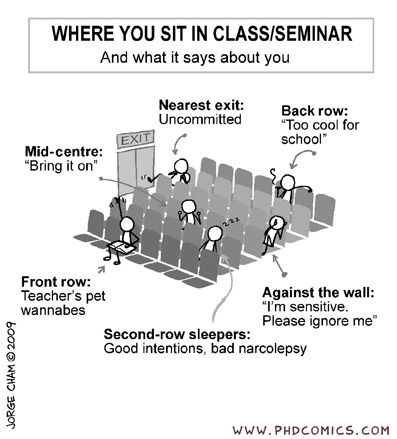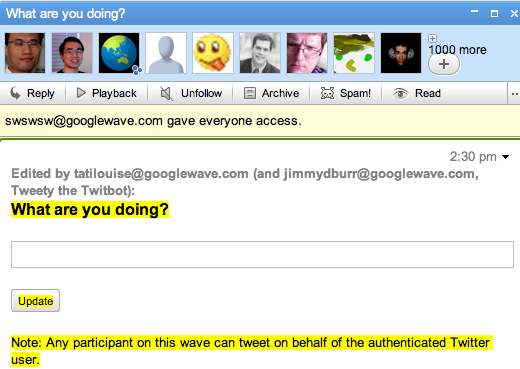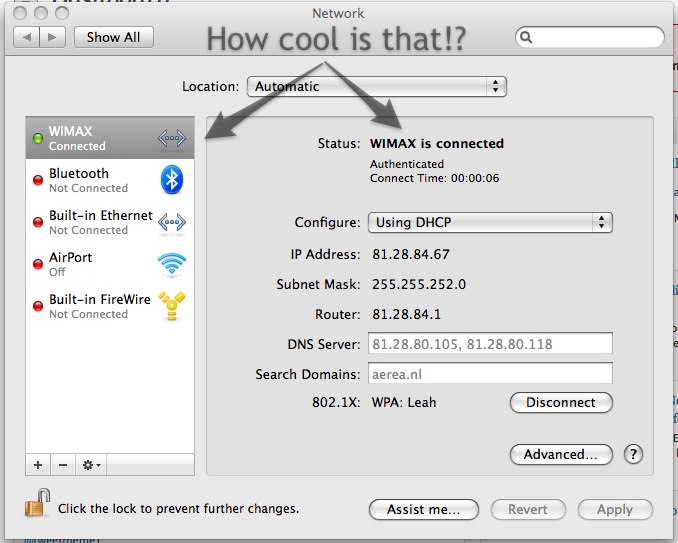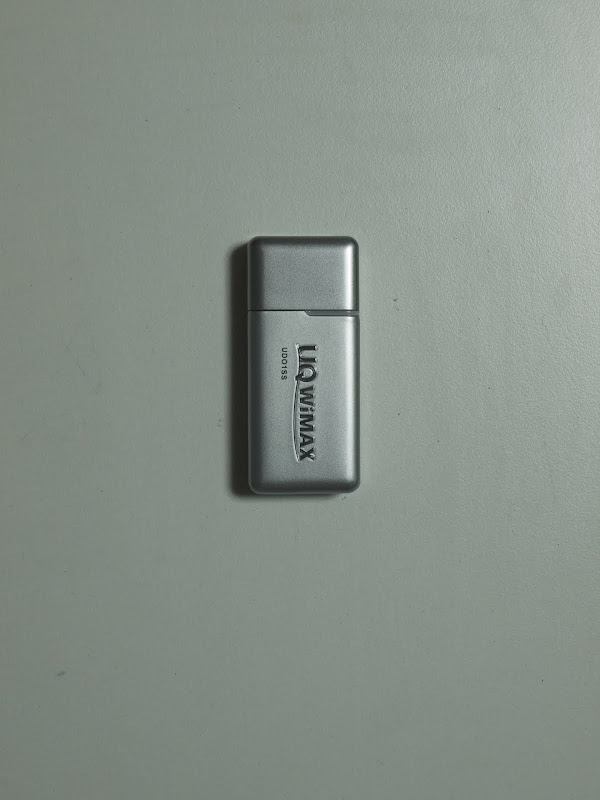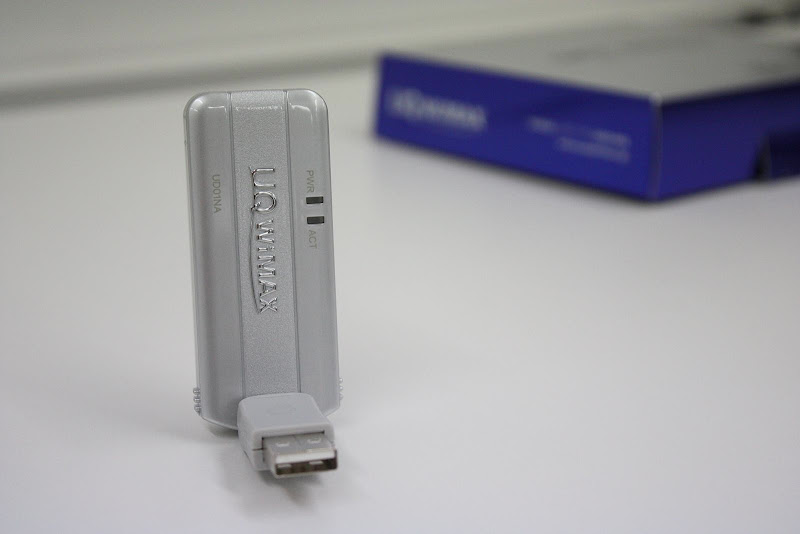Blackboard Adds BlackBerry App for Mobile Web Platform
Blackboard has added the Research in Motion BlackBerry to its list of supported devices for the new Blackboard Mobile platform. Mobile Central (formerly named MobilEdu) was initially optimized only for users of Apple iPhone and iPod Touch devices.
Originally developed by San Francisco-based Terriblyclever Design, a company acquired by Blackboard in July 2009, Mobile Central is branded for each institution and accessed by users who download their institution's application.
The application gives users the ability to search course catalogs and view campus maps, e-mail teachers and classmates, and receive real-time updates on course schedules, campus events, news, and sports. In addition, institutions can use Blackboard application programming interfaces to customize and personalize the interface and functionality of the program.
On the mobile front, Blackboard also offers a free application called Learn for iPhone, which specifically provides updates from a Blackboard course. The company said in an FAQ on its Web site that it will continue making that program available.
